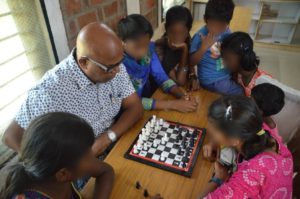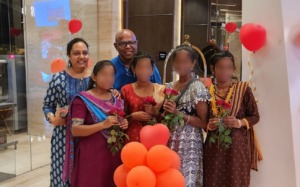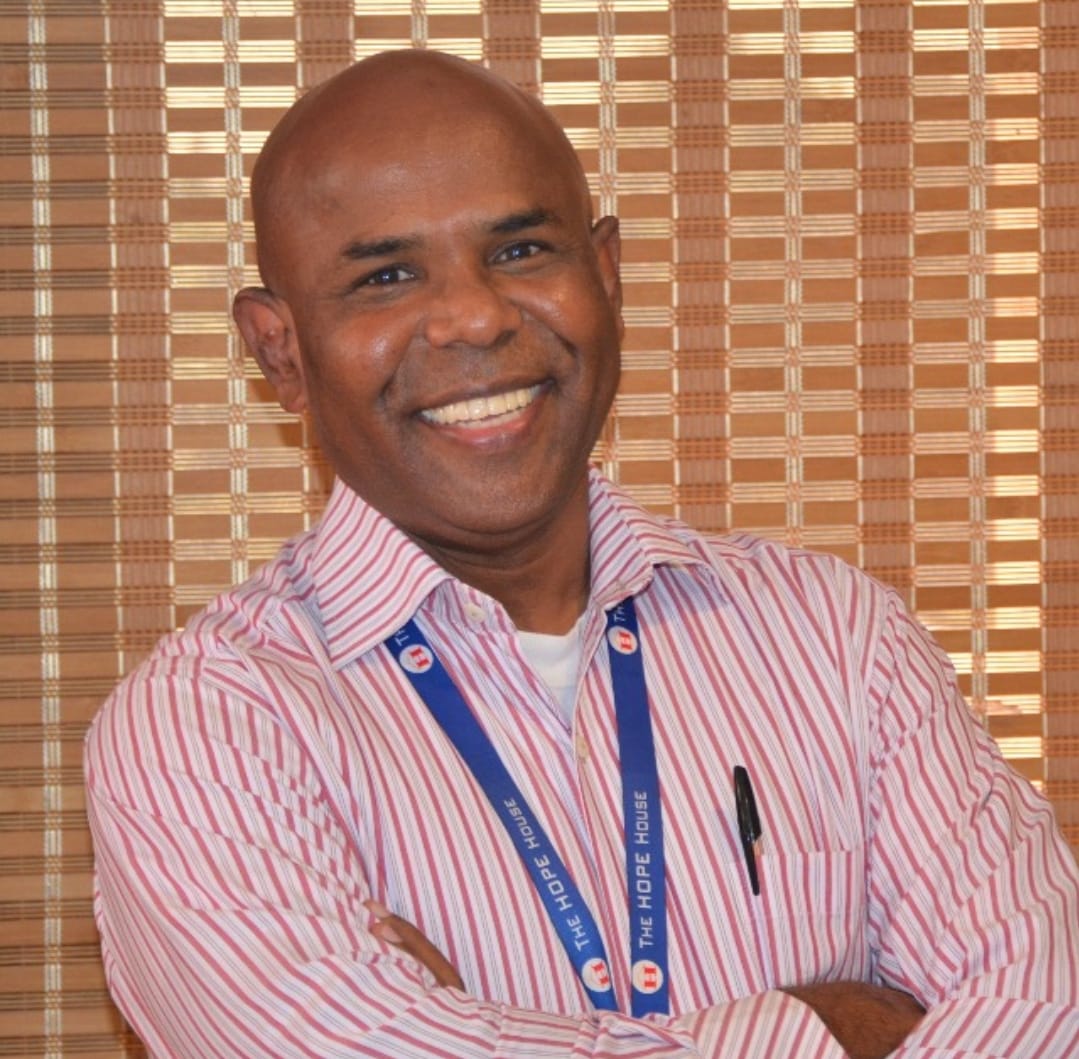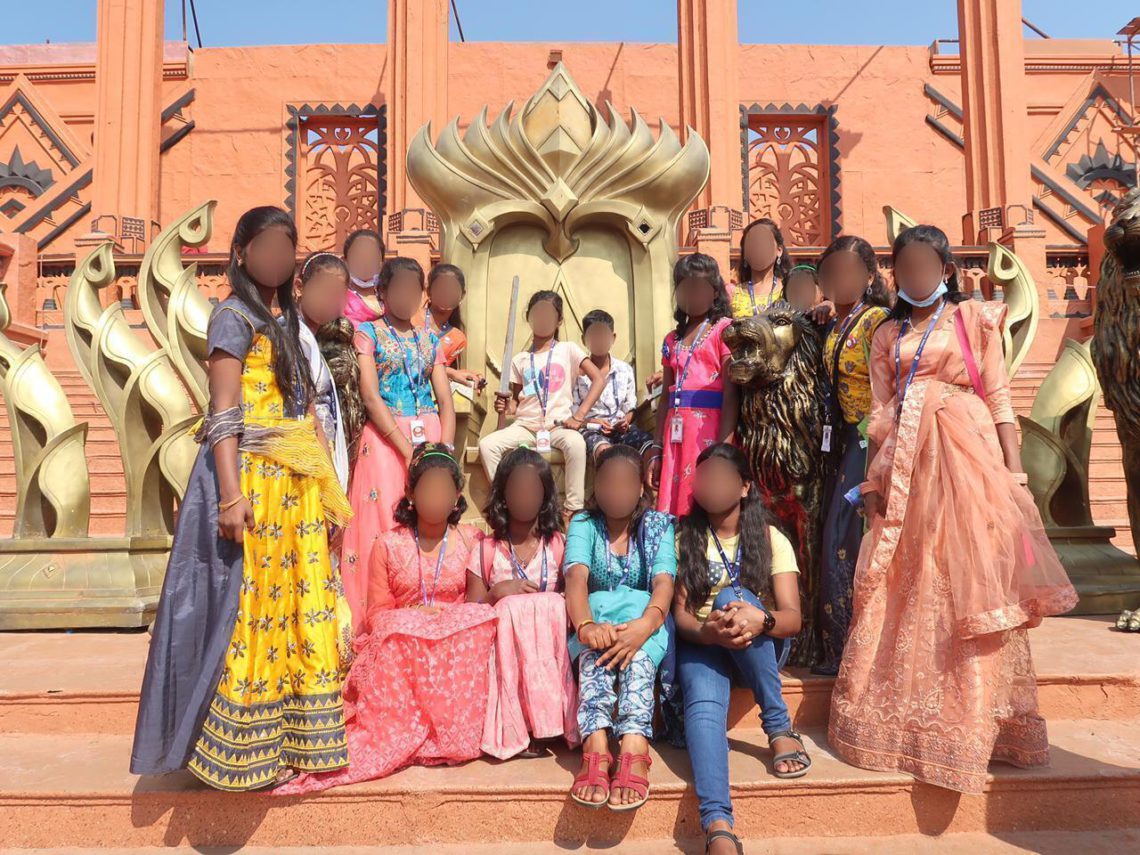IN India, adoption as defined in the Juvenile & Justice Act is the process through which the adopted child is permanently separated from his biological parents and becomes the lawful child of his adoptive parents with all the rights, privileges and responsibilities that are attached to a biological child. In short, it is an alternative path to build a family.
In the last two decades, India has witnessed a great deal of progress in terms of building checks and balances and putting systems in place to promote the message of adoption. It perhaps began with India signing and ratifying the United Nations Convention on the Rights of the Child (UNCRC) which enabled the enactment of the Juvenile & Justice Act. Then came another international convention that India signed and ratified – the The Hague Convention on the Protection of Children and Cooperation in Respect of Intercountry Adoption. Subsequent amendments to the act made the previously existing Central Adoption Resource Authority (CARA) as a statutory institute known as the Central Authority.

About adoption in India
During the pre-liberalization of the Indian economy i.e., before 1992, most of the children came into the adoption stream due to poverty but in the post liberalization of India, people began to witness disproportionate disposable incomes and that changed the reasons for children coming into the adoption stream from poverty to immorality and special needs.
At its peak, India may have witnessed 6,000+ in-country adoptions and 600+ intercountry adoptions but now it hovers around 4,000+ in-country and 200+ intercountry adoptions. On the CARA web site, the real time dashboard displays that there are 2,100 children available for adoption and more than 35,000 adoptive parents are waiting in line to adopt. Although the demand is exceeding the supply by more than 16 times, adoption numbers are not increasing because more than 66% of all the available children are children with special needs. In short, social media has created so much awareness about the concept of adoption but it has not shed light on the adoption of children with special needs.

The Hope House’s intervention
Seeing this situation, the Hope House – a Tamil Nadu based NGO began an innovative Specialized Adoption Agency (SAA) that exclusively caters to adoptable children with special needs. The entire objective was to take in eligible children and extend needed medical interventions to find homes in India as much as possible. The organization was also allowed to place children in inter-country adoptions.
The Hope House was started by three friends who were alumni of Christian Medical College in Vellore and were working in the United States as rehabilitation professionals. One of them, Mr. Ruby Nakka, and his wife have adopted two girls from India with one of them being a child born with special needs. After their arrival, Ruby began to read more about the state of affairs of children back home and the restlessness that he experienced helped him to relocate along with his entire family in February of 2006.
Although their intent was to promote adoptions, obtaining a license kept them waiting for 16 long years. But during these years, they started a home for children in need of care and protection. Their thought process changed during this waiting period to promote the adoption of children with special needs. Their license also is one of self-funding.

Today, their license permits them to keep 14 children and most of the days they are at full capacity because of the reasons stated in the preceding paragraphs – children come in fast because of the increasing number of children coming in with special needs but they go out slowly because not many families want to adopt children with special needs. In short, a child’s average stay in the Hope Houses SAA is much longer than a healthy child.
The need of The Hope House
These two reasons (longer stay and self-funding) places enormous financial burden on them but with the generosity of individual donors, they have been able to sustain but the stress of constantly staying ahead of the game to raise adequate resources is taking a toll on them. In the last 30+ months of license, they were able to place only three children in adoption and all of them into intercountry adoptive families.
Hope House realized that working by themselves may not be a sustainable proposition so they began advocating for policy level intervention to help a greater number of children with special needs to find homes within India. They are asking the Government to extend state offered health insurance policy to these children and also to reform the surrendering process to ensure that more and more children are with their biological families (possibly with state extended support) than in an institution (in case the child doesn’t get adopted).
If you’re touched by Ruby Nakka’s work through the Hope House and would like to support them, they need Lactogen 1 and diapers for babies. Each child approximately consumes 10 boxes of Lactogen 1 and 200 diapers a month. This need is over and above the costs of medical treatment and salaries that they have to pay to the caretakers.
Adopting a child may not change the world but for that one child, the world changes forever because of adoption. If you cannot support the Hope House materially, please spread the word around about the need for adoption of children with special needs.
Support The Hope House
Each year, National Adoption Awareness Month is celebrated throughout the month of November. The purpose of this observance is to bring adoption to the forefront of conversations about children’s needs and highlight the important role that adoptive parents have. This National Adoption Awareness Month, you can support children in India who are in need of parental care and support. To support The Hope House:
📷: The Hope House
–
Give’s mission is to “make giving bigger and better.” Give is the most trusted donation platform in India for fundraisers and crowdfunding campaigns. Through our technology solutions, we enable individuals and organisations to fundraise and donate to a cause, charity or NGO with trust and convenience. Give’s community of 2.7M+ individual donors and 300+ organisations supports 3,000+ verified nonprofits with 80G deduction and serves 15M+ people across India. Find a fundraiser today!

Ruby Nakka is the founder of The Hope House children’s home and a specialized adoption agency in Vellore, Tamil Nadu. Ruby Nakka is certified in child rights and child protection and advocates the message of adoption. A physiotherapist by profession, Ruby Nakka has been in the development sector since 2006.
Discover more from
Subscribe to get the latest posts sent to your email.

